Your search 'books oil painting' did not match any products.
Showing results using some of your search terms 'books oil painting'
Search results for 'oil painting'
-
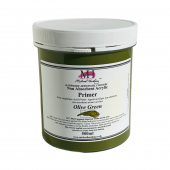
Michael Harding Non Absorbent Acrylic Primer - Colours
Starting at: £21.20
-
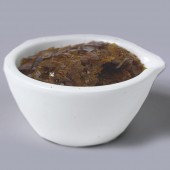
Lemon Shellac
Starting at: £8.20
-
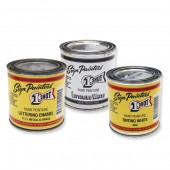
One Shot Lettering Enamel Paint
Starting at: £20.55
-
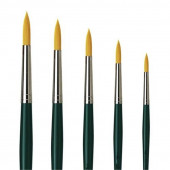
da Vinci Series 5570 Nova Round
Starting at: £3.65
-
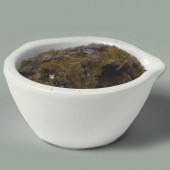
Clear Dewaxed Shellac
Starting at: £9.20
-
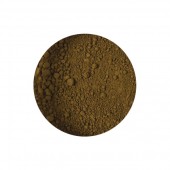
Raw Umber Pigment
Starting at: £4.00
-
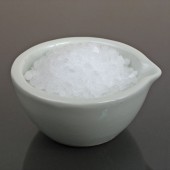
Paraffin Wax
Starting at: £6.60
-
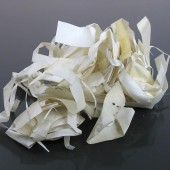
Parchment Clippings
Starting at: £9.90
-
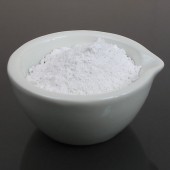
Precipitate Chalk
Starting at: £6.30
-
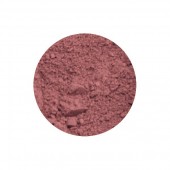
Madder Lake Genuine Pigment
Starting at: £10.20
-
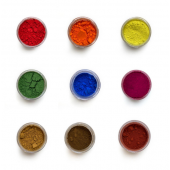
Small, 15ml Pigment sizes
Starting at: £4.00
-
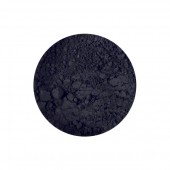
Ivory Black Pigment
Starting at: £4.50
-
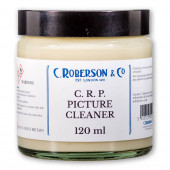
Roberson CRP Picture Cleaner
Starting at: £19.00
-
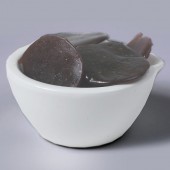
Button Shellac
Starting at: £8.40
-
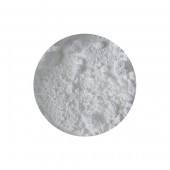
Zinc White Pigment
Starting at: £4.00
-
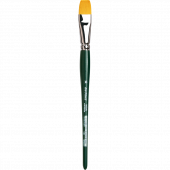
da Vinci Series 122 Nova Flat
Starting at: £3.85
-
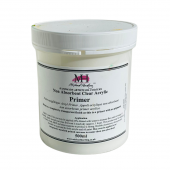
Michael Harding Non Absorbent Acrylic Primer - Clear Transparent
Starting at: £21.20
-
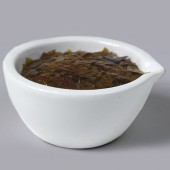
Orange Shellac
Starting at: £8.00
-
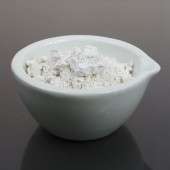
Whiting
Starting at: £4.00
-
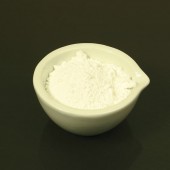
Alumina Hydrate Light
Starting at: £8.30
-
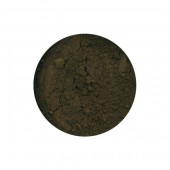
Raw Umber Greenish Pigment
Starting at: £4.80
-
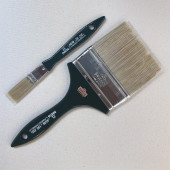
Omega Series 40 Varnish
Starting at: £6.90
-
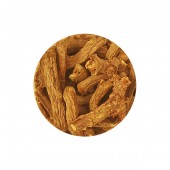
Madder Root Pieces
Starting at: £27.80
-
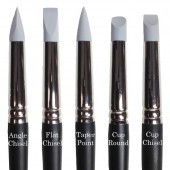
Colour Shapers
Starting at: £7.00
-
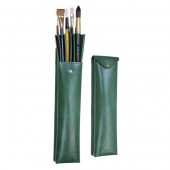
Leather Regent Long Handle Brush Case
Starting at: £103.10
-
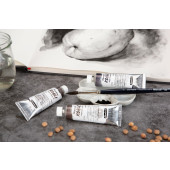
Schmincke Liquid Charcoal 15 ml
Starting at: £18.30
-
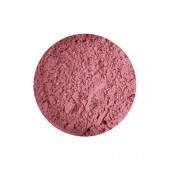
Rose Madder Genuine Pigment
Starting at: £15.80
-
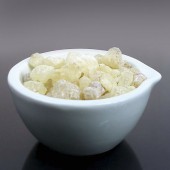
Gum Damar
Starting at: £10.00
-
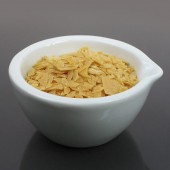
Carnauba Wax Yellow
Starting at: £6.50
-
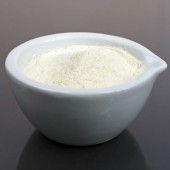
Gum Sandarac
Starting at: £8.60




